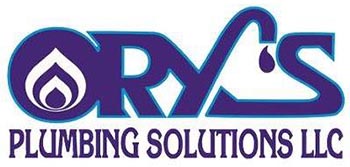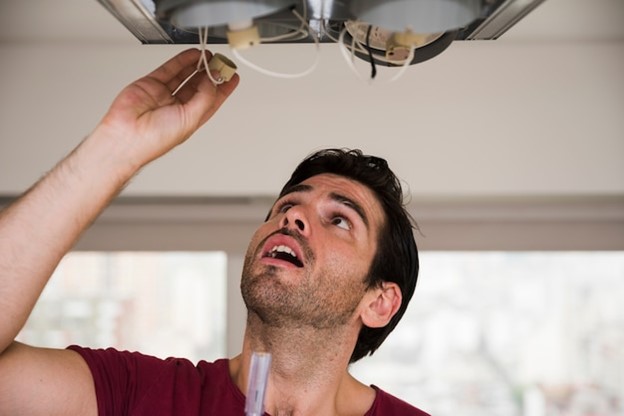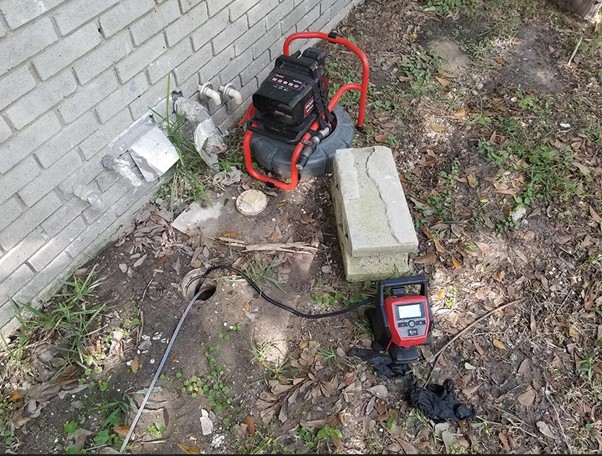What Size Tankless Water Heater Do I Need
A tankless water heater is a device that heats water only when you need it, rather than keeping a big tank of water hot all the time like traditional heaters do. When you turn on a faucet or shower, the tankless heater instantly heats the water as it moves through the unit, providing a steady stream of hot water that doesn’t run out as long as the demand stays within the heater’s limits.
Choosing the right size for your tankless water heater is really important for both comfort and saving energy. If your water heater is too small, you might run out of hot water during busy times—like when your family is using two showers and the dishwasher at once. On the other hand, if it’s too big, you’ll spend more money both on the heater itself and on energy, even though you don’t need that much hot water. Picking the right size means you’ll get plenty of hot water when you need it, and you won’t waste money or energy.
What Does “Size” Mean for a Tankless Water Heater?
When people talk about the “size” of a tankless water heater, they aren’t talking about the physical size of the unit on the wall. The size is actually about how much hot water the heater can provide at one time, which is measured in gallons per minute, or GPM. This flow rate tells you how many gallons of hot water the unit can deliver every minute when it’s running.
A tankless water heater that’s “bigger” will have a higher GPM, meaning it can deliver more hot water at the same time to places like showers, sinks, dishwashers, and washing machines. You need to choose a heater with a GPM that matches your family’s needs, especially for times when several people or appliances use hot water at once.
Why Sizing Matters
Getting the right size tankless water heater is very important for your comfort and your wallet. If your heater is too small, it won’t be able to supply enough hot water for everyone using water at the same time. That could mean cold showers or not enough hot water for laundry or dishes. A heater that’s too large might seem like a good idea, but it costs more upfront, may use extra energy, and can sometimes be less efficient plus, it can actually cause uncomfortable, inconsistent water temperatures.
Oversized models can also “short cycle,” turning on and off more often, which can increase wear and tear and even make your hot water bills higher than they should be. Choosing the right size guarantees steady hot water, better energy use, and lower bills, without the headaches that come from picking something too big or too small.
Key Factors When Choosing a Size
Household Size
The more people in your house, the more hot water you’ll probably use at once. For example, a single person might only use the shower and sink at the same time, but a family of five could use two showers, a washing machine, and a sink all at once. Each person can add about 2.5 GPM to the total amount of hot water needed during peak times.
Number of Bathrooms and Fixtures
Each bathroom, kitchen, and appliance with hot water adds to the total amount your water heater must produce at one time. For example, a shower may use about 2.5 GPM, a kitchen faucet about 1 GPM, and a dishwasher about 1.5 GPM. Counting bathrooms and hot water appliances helps you estimate peak hot water usage for your home.
Peak Usage Times
When do people in your family use the most hot water at the same time? In many homes, mornings and evenings are the busiest. You should size your heater for these busiest times, not just average use.
Temperature Rise Needed
This means how much warmer the water needs to be after heating compared to when it enters your home. To find temperature rise, subtract the incoming cold water temperature (which is colder in winter and in colder climates) from the target temperature you want (usually around 120°F). Colder regions require more powerful heaters to reach the same hot water temperature you want for showers and appliances.
How to Calculate the Right Size
Step 1: List All Fixtures That Might Use Hot Water at the Same Time
Think about the number of showers, faucets, dishwashers, and laundry machines that might be running all at once during busy times.
Step 2: Add Up Their Flow Rates (GPM)
Each fixture or appliance has its own flow rate, measured in gallons per minute. Use a chart or manufacturer’s instructions to check the flow rate of each device, or measure it by timing how long it takes to fill a gallon container from each tap.
Common flow rates:
- Shower: 2.0–2.5 GPM
- Bathroom faucet: 1.0 GPM
- Kitchen faucet: 1.5–2.2 GPM
- Dishwasher: 1.5–3.0 GPM
- Washing machine: 2.0–3.0 GPM
Add up the rates for all fixtures you expect to run at the same time.
Step 3: Calculate the Needed Temperature Rise
Subtract the incoming water temperature from your target temperature (for example, (120F). The colder your incoming water, the more work your heater must do.
Step 4: Match to Tankless Heater Specifications
Now, look for a heater that can handle your total GPM at the temperature rise you calculated. Each model will show its maximum GPM for different temperature rises—choose one that matches or exceeds your needs.
Example Sizing Chart
Below is a sample chart to guide your choice. Use it as a starting point, but always check your peak household needs and local water temperature:
| Household Size | Recommended GPM | Bathrooms | Typical Usage Scenario |
| 1–2 people | 4–6 GPM | 1 | Single shower + sink or dishwasher |
| 2–4 people | 6–9 GPM | 2 | Two showers + dishwasher or laundry |
| 4–6 people | 9–12 GPM | 3+ | Two or more showers + washer + kitchen |
| 6+ people | 12+ GPM | 3+ | Multiple showers, laundry, kitchen use |
Table values are based on average flow rates and typical household needs. Adjust as needed based on your own home and climate.
Special Considerations
Cold Climates
If you live where the incoming water is cold, your heater will need more power to bring the water up to a comfortable shower temperature. Lower groundwater temperatures mean you’ll need a higher GPM model to keep up, even if your home isn’t very large.
Electric vs. Gas Models
Electric tankless water heaters are compact and work well for smaller homes or point-of-use applications, but they often can’t handle the highest flow rates required for bigger households or very cold climates. Gas tankless units typically offer higher GPM ratings and are better for larger homes with high hot water demand.
Multiple Units for Large Homes
Very large homes or homes with many bathrooms may require more than one tankless heater or a combination of tankless units installed in parallel. This setup ensures steady hot water supply for everyone in the house, even during peak demand.
Using Online Calculators
Online calculators use your home’s size, number of bathrooms, location, and fixture types to help pick the right model quickly. These tools provide a personalized recommendation—and many manufacturers include calculators on their websites.
Tips for Choosing the Right Heater
- Think about your family’s future needs—if you plan to add a bathroom, get a larger unit.
- Remember to check local climate conditions; colder incoming water means you may need a bigger unit.
- When in doubt, consult a plumbing or HVAC expert—they’ll help with accurate sizing and installation.
- Choose energy-efficient models with good reviews and strong warranties for long-term savings.
- Make sure your electrical panel or gas supply can handle the new water heater; sometimes upgrades are needed.
Frequently Asked Questions
What happens if my tankless water heater is too small?
You might run out of hot water during peak times, possibly leaving cold showers or incomplete laundry cycles. The heater may also wear out faster from being overworked.
What if my tankless water heater is too big?
You pay more upfront, may have higher energy bills, and could get inconsistent water temperature or shorter heater lifespan from frequent cycling.
How do I measure fixture flow rates?
Look in user manuals, use standard charts, or measure by filling a gallon jug and timing it.
Do I need professional installation?
Yes, especially for gas units or if you need an upgrade to your electric system; this ensures safe, efficient, and code-compliant operation.
Can I use tankless heaters with all appliances?
Most modern appliances are compatible, but check your washer or dishwasher manual—some may not work well with tankless heaters or may need separate units.
Conclusion
Sizing a tankless water heater the right way means steady hot water, comfort, and energy savings for your family. Figure out your peak hot water needs, calculate GPM and temperature rise, and choose a model that fits reliably—or use an online calculator or ask a professional for help. The effort is worth it for years of comfort and savings in your home.



